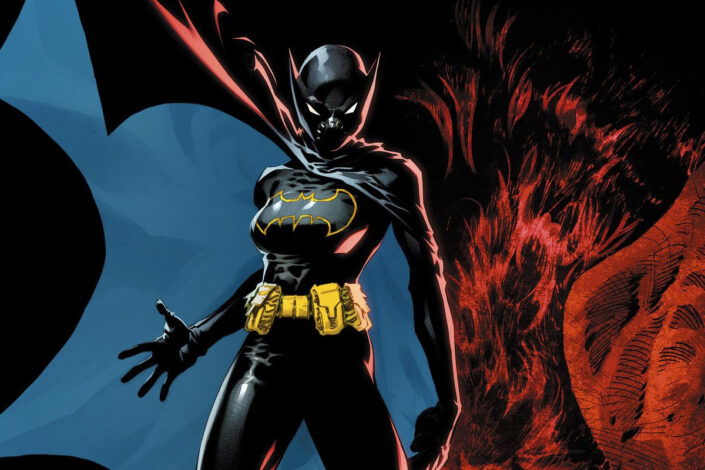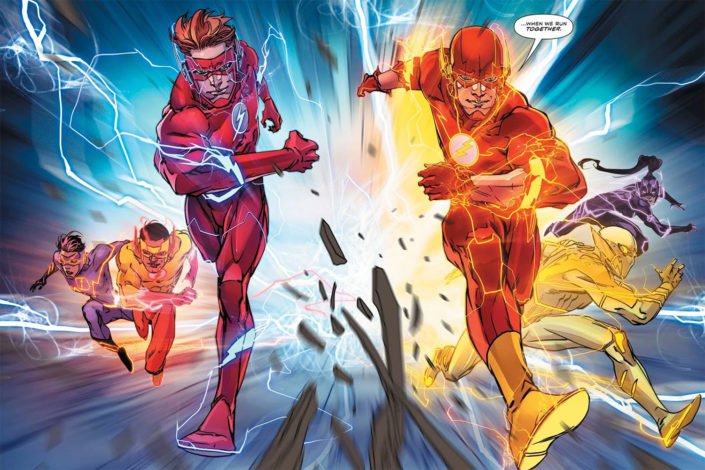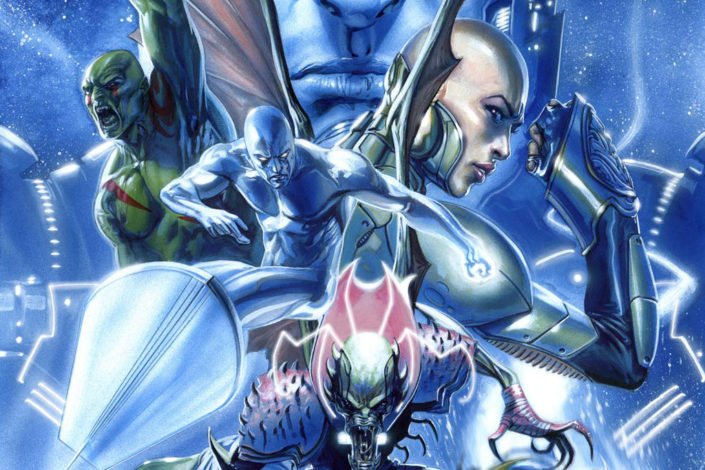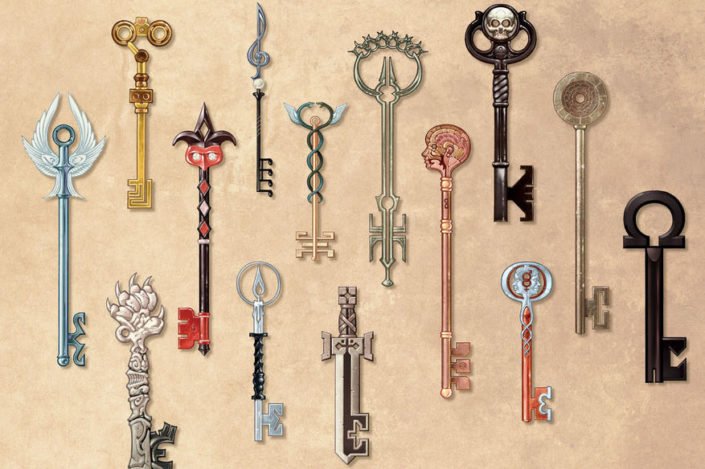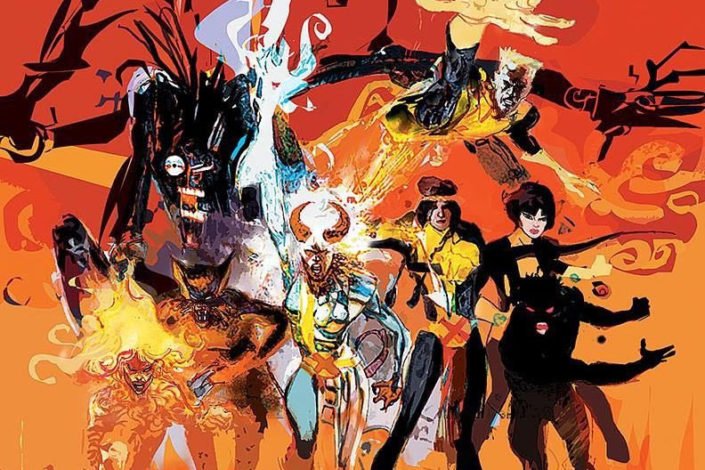Annihilation: Conquest Reading Order, a Marvel Cosmic Event

Almost directly after the first Annihilation event (see reading order), Marvel published its sequel as part of the modern Marvel Cosmic saga. Annihilation: Conquest is a 2007-08 crossover storyline that focuses on Marvel’s cosmic heroes defending the universe against the Phalanx, now led by Ultron.
Here is the official synopsis: In the aftermath of the Annihilation War, a devastated galaxy struggles to rebuild. The Nova Corps are destroyed, leaving only Richard Rider. Who will rise to guard the galaxy against the threat of Ultron? When the Kree homeworld is invaded by the techno-organic Phalanx, Star-Lord must lead a ragtag team into battle behind enemy lines with a lineup that includes Mantis, Bug, Groot, and Rocket Raccoon! Meanwhile, the new Quasar seeks a mysterious savior — and Nova and Gamora are taken over by the Phalanx! Who is the haunted loner called Wraith? Can the New Mutants’ Warlock free Nova? And what are Ultron and the Phalanx really after?
What to read before Annihilation: Conquest?
Being a direct sequel to Annihilation, it is necessary to read that first cosmic event (see reading order). Once this one ended, only three Nova issues were published before Annihilation: Conquest began – they are collected with the rest of the event or here.
- Annihilation Omnibus
Collects Drax The Destroyer #1-4, Annihilation: Prologue, Annihilation: Nova #1-4, Annihilation: Silver Surfer #1-4, Annihilation: Super-Skrull #1-4, Annihilation: Ronan #1-4, Annihilation #1-6, Annihilation: Heralds Of Galactus #1-2 And Annihilation: Nova Corps Files.
Read More »Annihilation: Conquest Reading Order, a Marvel Cosmic Event



